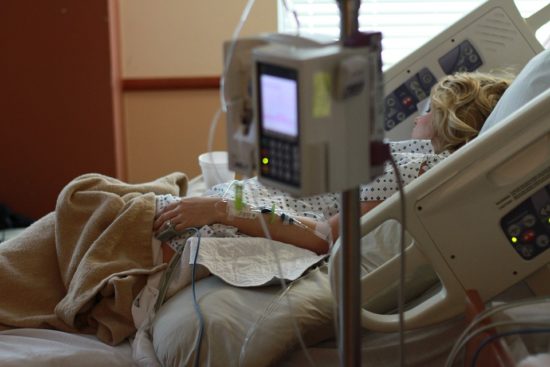Antibiogram and Antibiotic Resistance Patterns in Bacterial Isolates from Hayatabad Medical Complex, Peshawar
This study evaluated the resistance patterns of Gram-negative and Gram-positive bacteria at Hayatabad Medical Complex (HMC) to commonly used antibiotics, focusing on identifying multidrug-resistant (MDR) pathogens. A retrospective study from January to September 2022 used antibiogram data to assess sensitivity patterns for antibiotics such as Ceftazidime, Imipenem, Meropenem, Amikacin, Oxacillin, and Teicoplanin. Acinetobacter showed a high level of resistance, with only 6% sensitivity to Ceftazidime, indicating a high level of resistance. This could lead to increased healthcare costs and poorer patient outcomes. Acinetobacter also showed only 37% sensitivity to Ciprofloxacin, confirming its status as an MDR pathogen in hospital settings. The study highlights the urgent need for robust antimicrobial stewardship programs, enhanced infection control practices, ongoing surveillance of resistance patterns, healthcare provider education, and regional collaboration to address antimicrobial resistance.
AMR NEWS
Your Biweekly Source for Global AMR Insights!
Stay informed with the essential newsletter that brings together all the latest One Health news on antimicrobial resistance. Delivered straight to your inbox every two weeks, AMR NEWS provides a curated selection of international insights, key publications, and the latest updates in the fight against AMR.
Don’t miss out on staying ahead in the global AMR movement—subscribe now!







